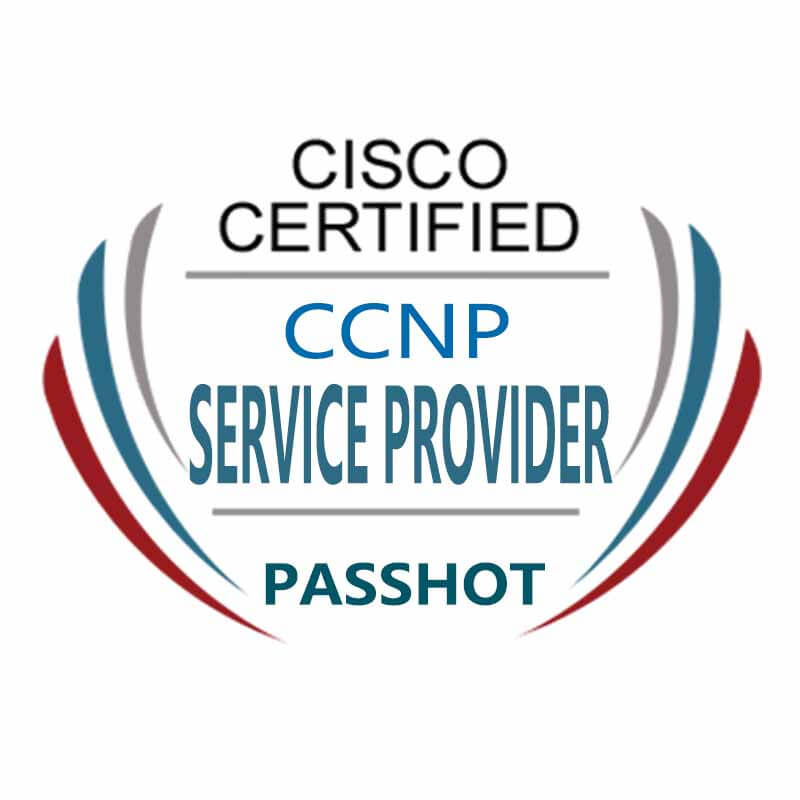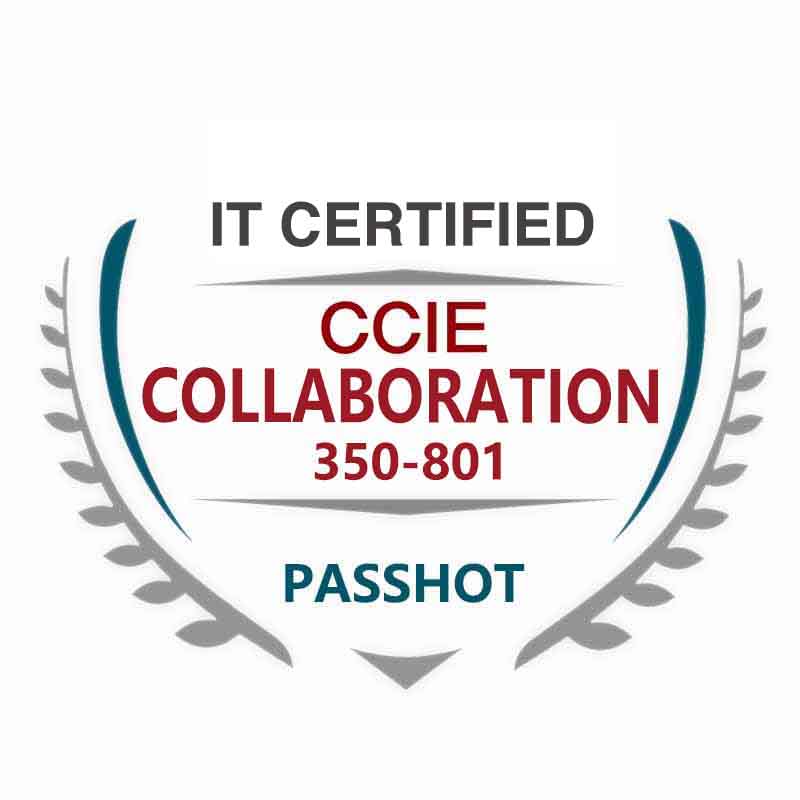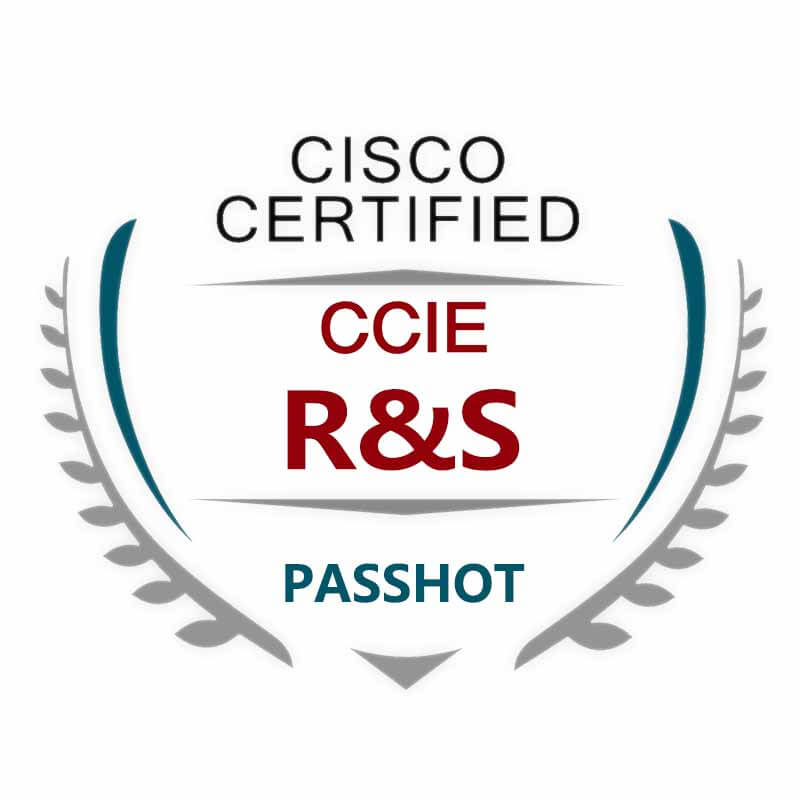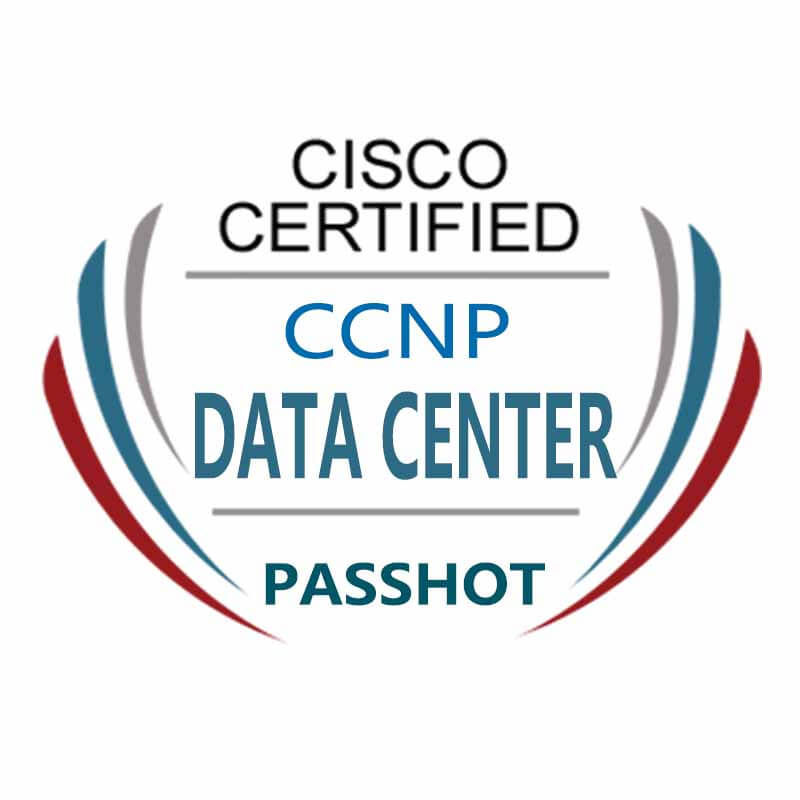100% Pass Cisco, PMP, CISA, CISM, AWS Dumps on SALE!
Get Now
01:59:56
X
5 trends in enterprise networks in 2020
Today's network is no longer the network of the past. A few years ago, the focus of the network began to shift, moving outward from the internal data center of the enterprise to the cloud. For users, the main use of the network has changed from a computer wired connection to a mobile device wireless connection. With the fundamental change in the location of business processing and the way of accessing the network, whether it is the way to establish a connection, the way to think about security, the economics of the network, or the requirements for network operation and maintenance personnel, are very different from the past.
Under the influence of five major trends, 2020 is bound to be an exciting year:
Wireless networks: Wi-Fi and 5G both arrive
In 2020, Wi-Fi 6 will begin to enter the enterprise, which is mainly driven by employee needs and corporate wireless access point updates. At the same time 5G will also debut, but in 2020, it will mainly target the consumer market.
New smartphones from Apple, Samsung, and other manufacturers support Wi-Fi 6, and Wi-Fi 6 wireless access points have begun shipping to businesses and consumers. Although 5G phones are not yet universally available, this situation will begin to change in 2020. We expect that by the end of 2020, the number of Wi-Fi 6 users will exceed 5G.
The way people use Wi-Fi networks will also change dramatically in 2020. Thanks to the development of Cisco's OpenRoaming project, users can connect to a registered Wi-Fi network from any location as easily as using a mobile phone to access the Internet, without having to think about how to join the network.
Although the "5G" service will be launched in 2020 (some services are currently in use), almost none of the services are ultra-high-speed connections that have been promised, perhaps we can see in a few years. Since the promise of 5G cannot be fulfilled in the early stage, it is foreseeable that a large amount of high-speed wireless traffic will be offloaded to Wi-Fi networks.
In 2020, new frequency bands will also be adopted, including ultra-high-speed, short-range 5G "millimeter wave" (24Ghz to 100GHz) spectrum, and CBRS (about 3.5Ghz). This could lead to the establishment of a new private private network with LTE and 5G technologies, especially for IoT applications. In addition, the United States and the rest of the world are gradually opening up the 6 GHz band for unlicensed Wi-Fi use, and it is foreseeable that progress will continue in this regard.
In the end, having broader, higher-speed, and more secure wireless connections will open up new business opportunities in all walks of life, from medical services to transportation, which will be the objects of benefit. The first is Wi-Fi 6, and finally 5G. As the performance of the two has been jointly improved, we will usher in long-term continuous innovation in access to the network.
Network is smart sensor
Businesses have begun using their networks for purposes other than data transmission. The network is now being used to sense the surrounding environment. This will have a huge impact on the enterprise, not only put new requirements on network operation and maintenance engineers, but also directly affect corporate profits.
With software that analyzes and classifies devices, endpoints, and applications, even if they send fully encrypted data, the network will be able to automatically place devices into a virtual network, enable the correct rule set to protect these devices, and ultimately Quickly identify security issues. Eventually, the system will be able to fix the problem itself, or at least be able to submit a service center support case on its own. As the complexity of the network increases, this becomes increasingly important.
Wireless network devices can also collect data on how people and objects move in and out of physical space, such as IoT devices in an enterprise or medical devices in a hospital. This data can directly help facility owners optimize their physical space, increasing productivity, simplifying navigation, and even increasing retail sales. These features were launched in 2019, but as business executives become aware of the power of such location data, the use of this technology will begin to expand rapidly.
SD-WAN position will be more stable
Workplaces are becoming more virtual and no longer rely solely on the physical environment. Today, businesses can hire talents wherever they do business, and these dispersed employees are increasingly connected to cloud services. The fragmentation of this connection (the growth of multi-cloud networks) will force many businesses to re-provision their networks to support software-defined wide area network (SD-WAN) technology. IDC research shows that almost 95% of companies surveyed expect to adopt SD-WAN 1 within 24 months.
At the same time, large cloud service providers such as Amazon, Microsoft, and Google are connecting with networking companies such as Cisco to create deep partnerships between network stacks and services.
Each enterprise has its own WAN solution. Some businesses are looking for security solutions that meet compliance requirements, and they need security solutions that are deployed locally. Small businesses often want to deploy security solutions in the cloud. Many enterprises will need a hybrid solution that combines traditional on-premise control elements with cloud-based solutions to ensure compliance and achieve flexibility and agility. Security solutions and workloads must be deployed where they meet business needs.
This will lead to business growth for Managed Service Providers (MSPs) and more MSPs will begin to provide SD-WAN services. We expect that the growth rate of MSP will be about twice that of the SD-WAN market itself, which coincides with IDC's forecast. In addition, we expect that MSPs will begin to move towards high specialization by industry and network size.
Multi-domain requirements drive controller-based integration
The intent-based network model that companies began to adopt in 2019 can resolve the complexity of the network and further simplify network management. However, the network system itself consists of multiple networks (such as campus networks and wide area networks), as well as technical areas (such as security solutions) traditionally managed in their respective domains. To provide better manageability, agility, and especially security, these multiple domains need to work together. Controllers in each domain need to work in concert to automate, analyze, and secure across domains.
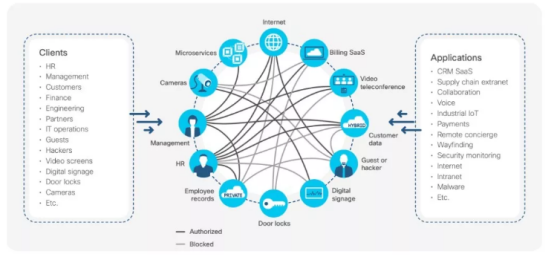
The next-generation controller-first architecture for network switching matrices allows unified management of loosely coupled systems using APIs and predefined data structures for inter-device and inter-domain communication. As the network changes rapidly, no other solution can calmly cope with the growth and complexity of the system.
Network engineer shifts to network programmer
For a long time, the standard work method of network operation and maintenance engineers has been to use command line interfaces (such as CLI) to deploy network devices, but this work method is about to end. Today, intent-based networking allows us to tell the network what we want it to do, leaving the configuration of a single device to the larger system itself. We can now also use the centralized network controller to program updates, deployments, and changes, instead of using the device or its own unique interface directly. However, brand new networks run by APIs require programming skills to manage them. Code has become a support resource behind developing new business solutions.
If you want to maximize the value of these controllers, you need to speed up programming them. In this trend, those who seize the opportunities will definitely win huge opportunities. But this change is not easy. Retraining yourself (or your team) is costly, and not everyone can adapt to the new order. Successful changers are bound to reap huge rewards. Network operation and maintenance engineers will be able to better meet the needs of their companies, and can better help them achieve digital transformation. With programmable networks and telemetry and analysis capabilities, they gain speed and agility to open up huge new opportunities.
For individuals, verifying their proficiency in new infrastructure and network engineering concepts remains crucial. Through training, network operation and maintenance engineers will be able to more closely meet the needs of their enterprises and provide more value beyond maintenance and support. In 2020, the importance of the network to business operations will become increasingly prominent. As usual, CEOs also invest resources directly into infrastructure projects that directly generate revenue.
2020 will be a year of change
All in all, the new features will make the network a more important corporate asset, and many companies will use the network in ways that are beyond our imagination. We just surveyed more than 2,000 network executives and operations engineers on future networks. They agreed that this is the best time to learn new knowledge, so if you want higher salary and higher achievements, you can join the PASSHOT learning club. There are CCIE EXAM training, HCIE EXAM training and so on. We will Success helps you pass the exam!
Cisco Dumps Popular Search:
ccnp tshoot 300-135 quick reference pdf ccnp switch final exam answers ccna 7 pdf spoto dumps download ccna certification for beginners ccna question examples cisco dumps 200-125 ccnp tshoot questions cisco certification vs degree what is ccna pdf
Copyright © 2025 PASSHOT All rights reserved.

